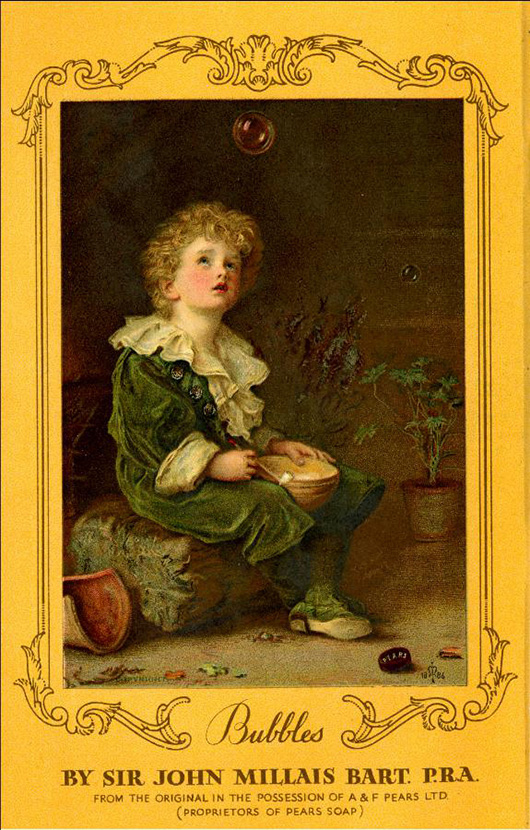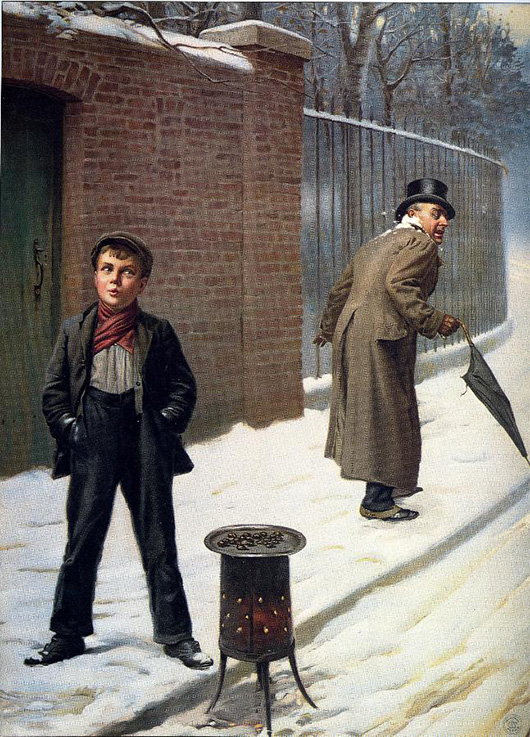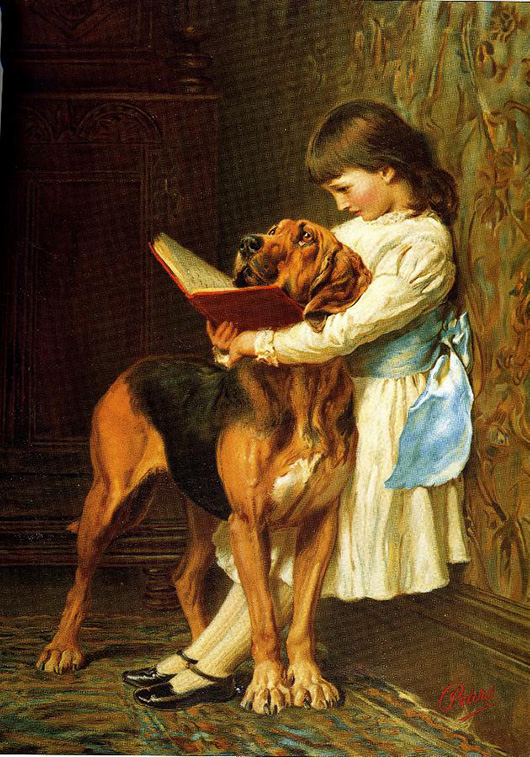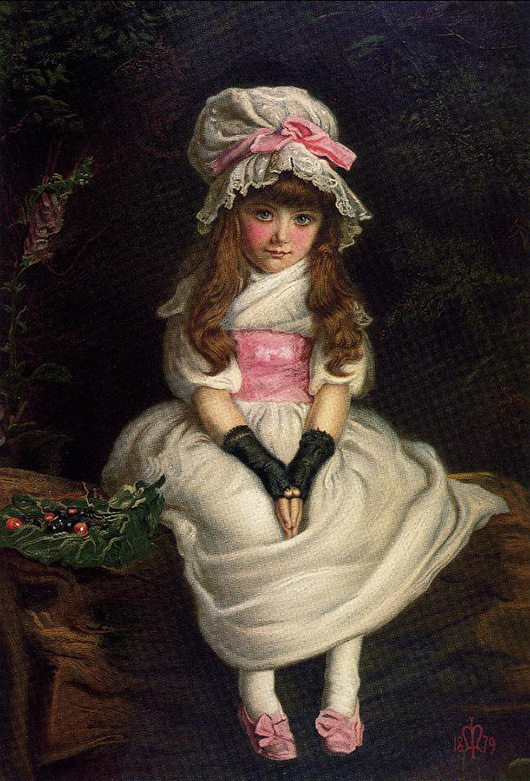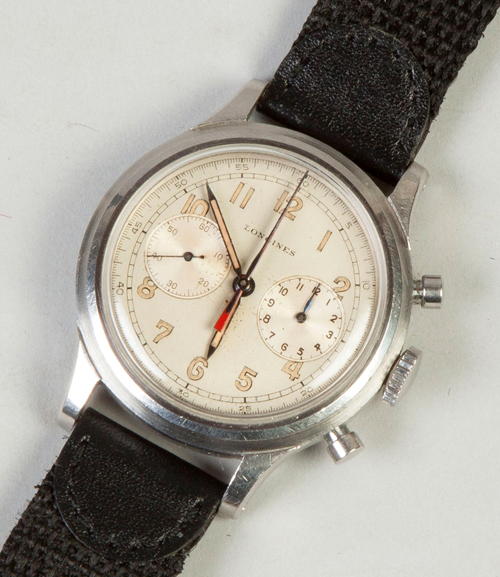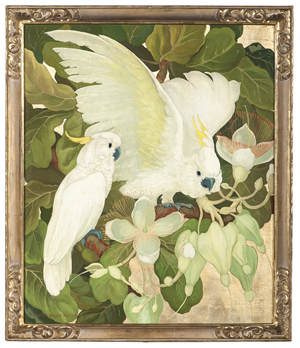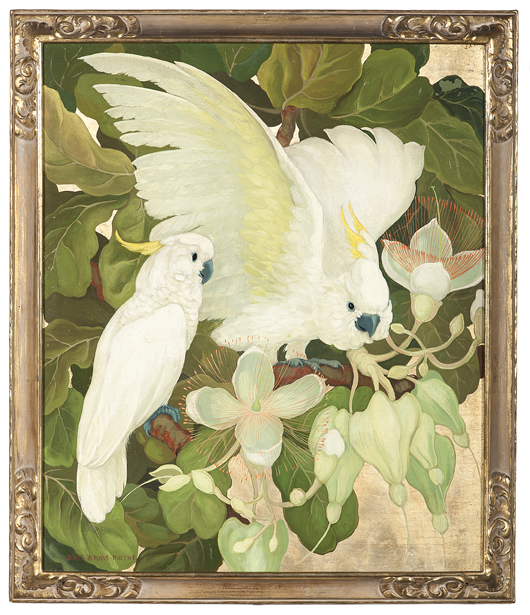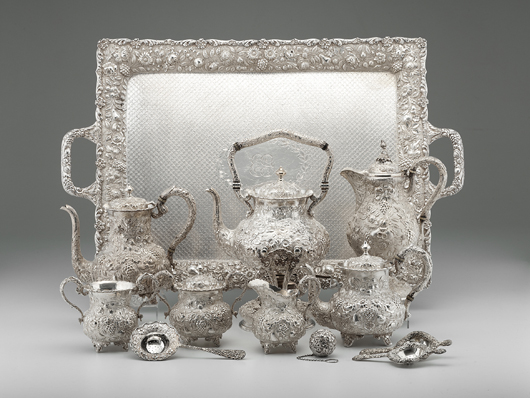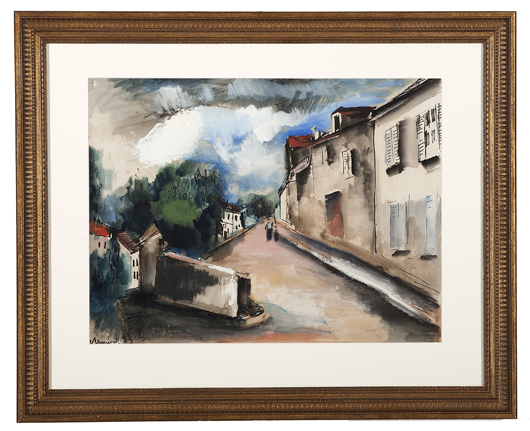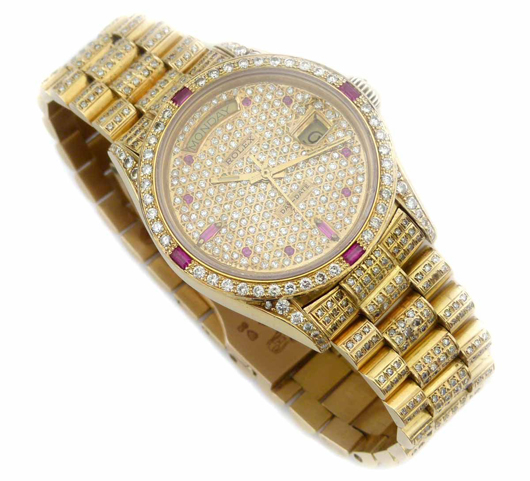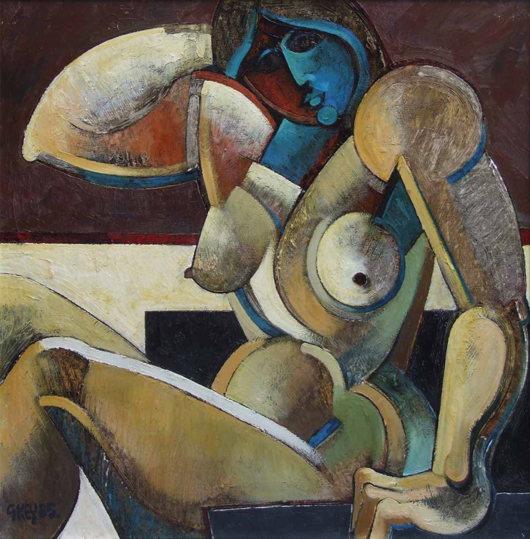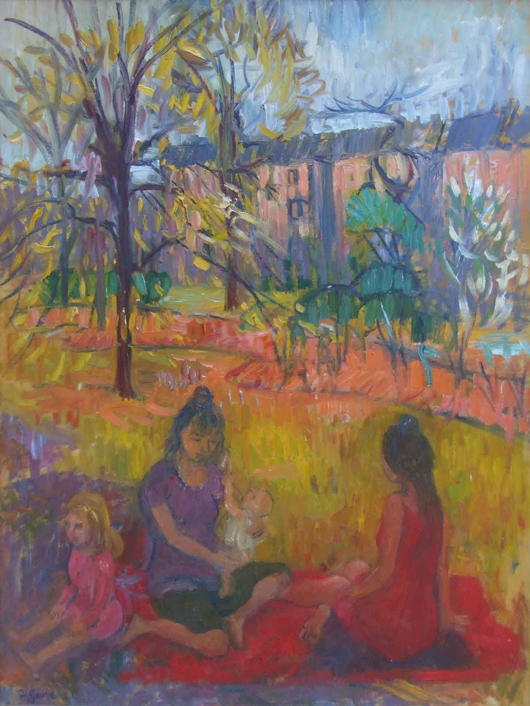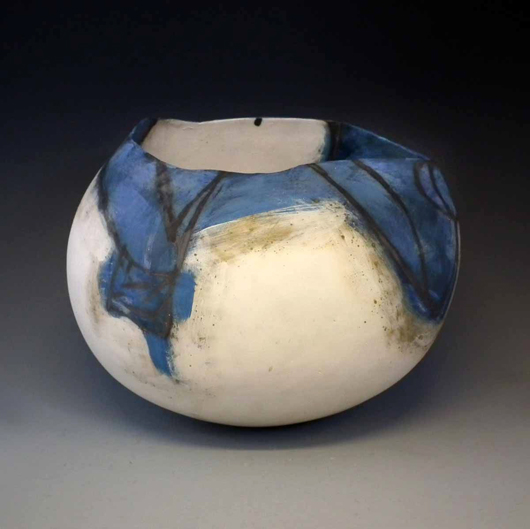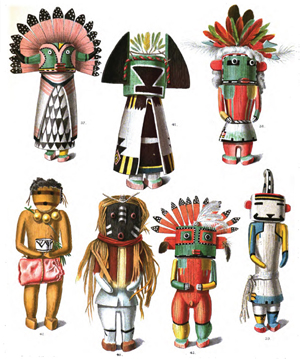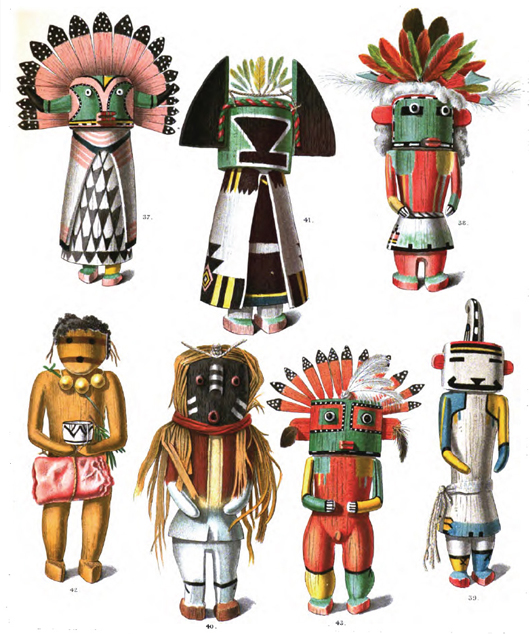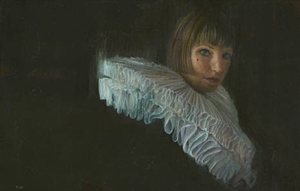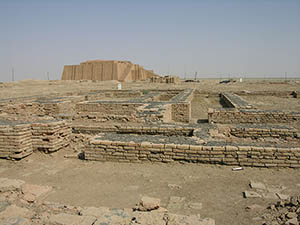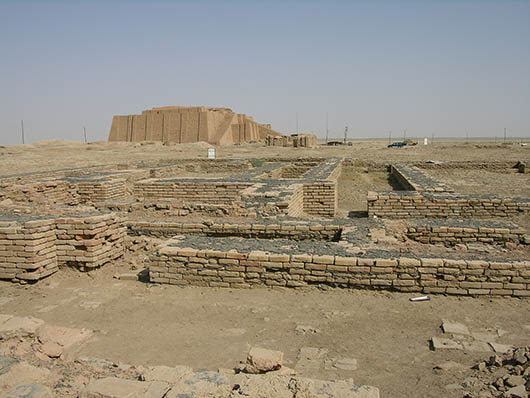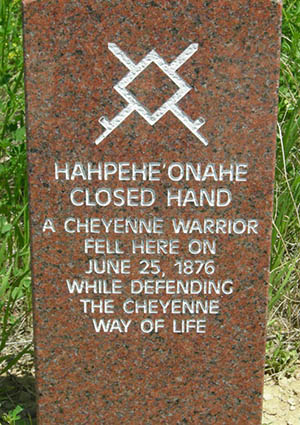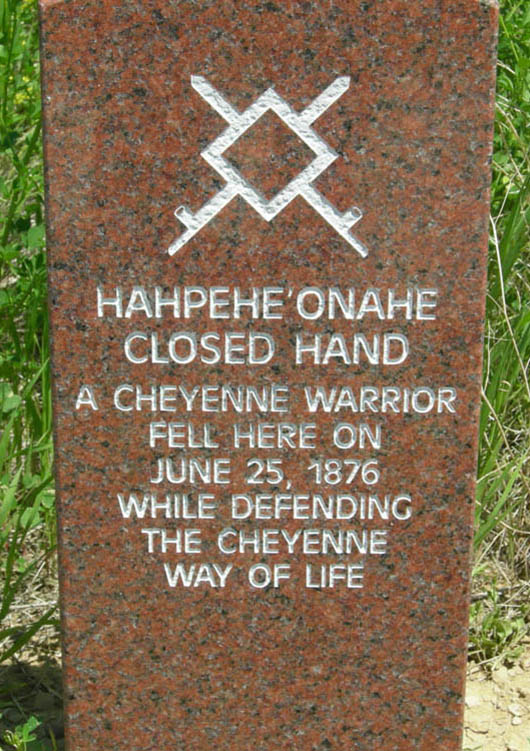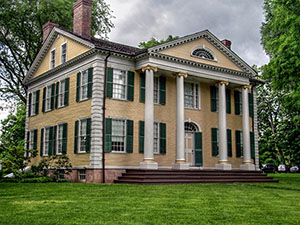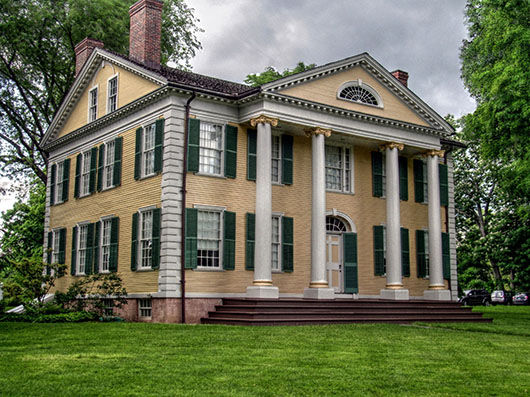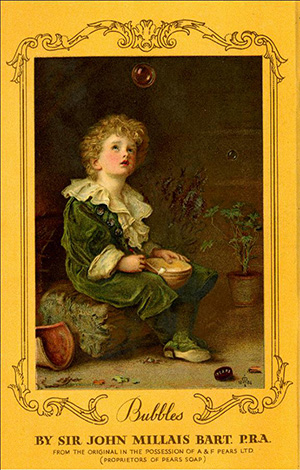
LONDON – My old dad used to swear by his copy of “Pears Cyclopaedia.” Whenever I asked him a question he couldn’t answer, he’d direct me to the little scarlet-bound book and assure me it was among its pages that I’d find what I was looking for. He was often right: with its ‘Twenty-two Complete Works of Reference in one Handy Volume of nearly 1,000 Pages’ – it has everything from an atlas to a dictionary of wireless – what wasn’t in there wasn’t worth knowing. It remains on my bookshelf, despite Google.
More importantly, though, the Pears volume introduced me to my first artwork: “Bubbles,” the painting by the founder of the Pre-Raphaelite Brotherhood, Sir John Everett Millais. With the subtle addition of a bar of the transparent soap, the portrait became and still is one of the most instantly recognizable advertising symbols ever devised.
When he painted what was originally titled “Child’s World,” Millais was being serious. Using his curly golden-haired five-year-old grandson, William Milbourne James, as his model, the artist was emulating the life-is-short transient symbolism of the Dutch old masters.
Bubbles, by nature, burst in an instant. To the left of the seated boy is a broken plant pot, emblematic of death, in contrast to the strong, green young plant growing to the right. Such symbolism was appreciated by artlovers when the painting went on show for the first time in 1886 but probably was lost on masses encouraged by it to add a particular brand of soap to the weekly shopping list.
Millais, one of Britain’s most popular and wealthy artists, was not best pleased either, but having sold the copyright in the image when he agreed it could be reproduced in the “Illustrated London News,” who then sold it to Pears, his hands were tied. The art world was not impressed either. Millais was forced to defend his actions, while the debate about the ethics of using art as advertising raged in the letters column of The Times even after Millais’ death.
For Pears, however, it was a triumph. “Bubbles” became the first in a long run of similar adverts, and business boomed. This was just as well, for the business founded in London in 1789 by Andrew Pears, a barber from Cornwall, and his grandson Francis, who joined the firm in 1835, was previously in danger of stagnating.
The turning point was a new factory in Middlesex, run by Francis’s son Andrew, and a new partner, Thomas J. Barratt (1842-1914), who had married Francis’s eldest daughter. Entrepreneurial, aggressive and resourceful, Barratt revolutionized the business.
Some say he was the father of modern advertising, which might be the case. He was certainly a brilliant ideas man. In one masterstroke he purchased 250,000 French 10 centime coins and had “Pears” stamped on each one, which were then put into circulation in the UK, each worth a penny. Massive publicity followed, until Parliament was forced to pass a law making foreign currency illegal.
Celebrity endorsements were another of his innovations, among them a glowing testimony from actress Lillie Langtry, with her famous ivory complexion, plastered across billboards and newspaper and magazine adverts. In another, he purchased the entire front page of the “New York Times” to promote the testimonial of leading U.S. religious leader Henry Ward Beecher, who was persuaded to say that cleanliness using Pears was next to Godliness.
In the UK, babies whose birth was announced in “The Times” were sent a complimentary bar of the soap, paid for by Barratt; but his most audacious scheme, to purchase advertising space on the National Census form, was rejected by the government, which turned down the offer of £100,000 for the privilege. Had it succeeded, Pears’ name would have been in the hands of 35 million citizens.
The Bubbles campaign was said to have cost Barratt £30,000, but it proved to be an unqualified success. In addition to the image being printed in every copy of the Cyclopaedia, countless numbers of quality chromolithographic prints were published that hang in the homes of collectors to this day (mine included).
Another milestone was laid in 1891, when Barratt introduced the now famous and highly collectible “Pears Annual,” which ran until 1925. A large format art publication, it contained quality fiction — Charles Dickens’ Christmas Books appeared in early editions — Pears advertising (obviously) colored plates and usually two large loose “Presentation Plates” intended to be framed and hung on the wall. It cost 6d (2 pence).
The annual brought high art to the masses. Writing in the 1897 edition, Barratt claimed,“Our ambition has been to offer an appreciative and increasing public, which has grown to expect these advantages at our hands, presentation pictures of superior quality and of artistic values, to ensure our extended popularity, and to constitute Pears Annual the foremost achievement of this kind …”
He continued: “The bonne bouche of ‘Pears Annual 1897’ will be readily recognised in the two large Presentation Plates, after the late and ever-to-be-lamented President of the Royal Academy, Sir John Everett Millais, whose two chefs-d’oeuvre, the well-known pictures, ‘Cherry Ripe’ and ‘Bubbles,’ are now placed within the means of the million for the first time, so beautifully reproduced as scarcely to be distinguishable from the original pictures themselves … which now have a value of more than £10,000 the pair. And whilst so long as Pears Annual is produced it will ever be our aim, so far as it is in our power, to maintain its excellence, we do not expect again to have the opportunity of furnishing you with such a pair of pictures as these — worthy, as they are, of being framed and hung in the first and most artistic houses in the land.”
Truth be told, the quality of the “free” prints was maintained, much to the delight of today’s collectors. So many were printed — and so highly cherished as to be properly framed and glazed — they remain fairly common today. Expect to pay around £80-£120 at a collectors’ fair or auction. Hang them out of the way of sunlight, so they can be appreciated by another generation.
# # #

ADDITIONAL IMAGES OF NOTE
